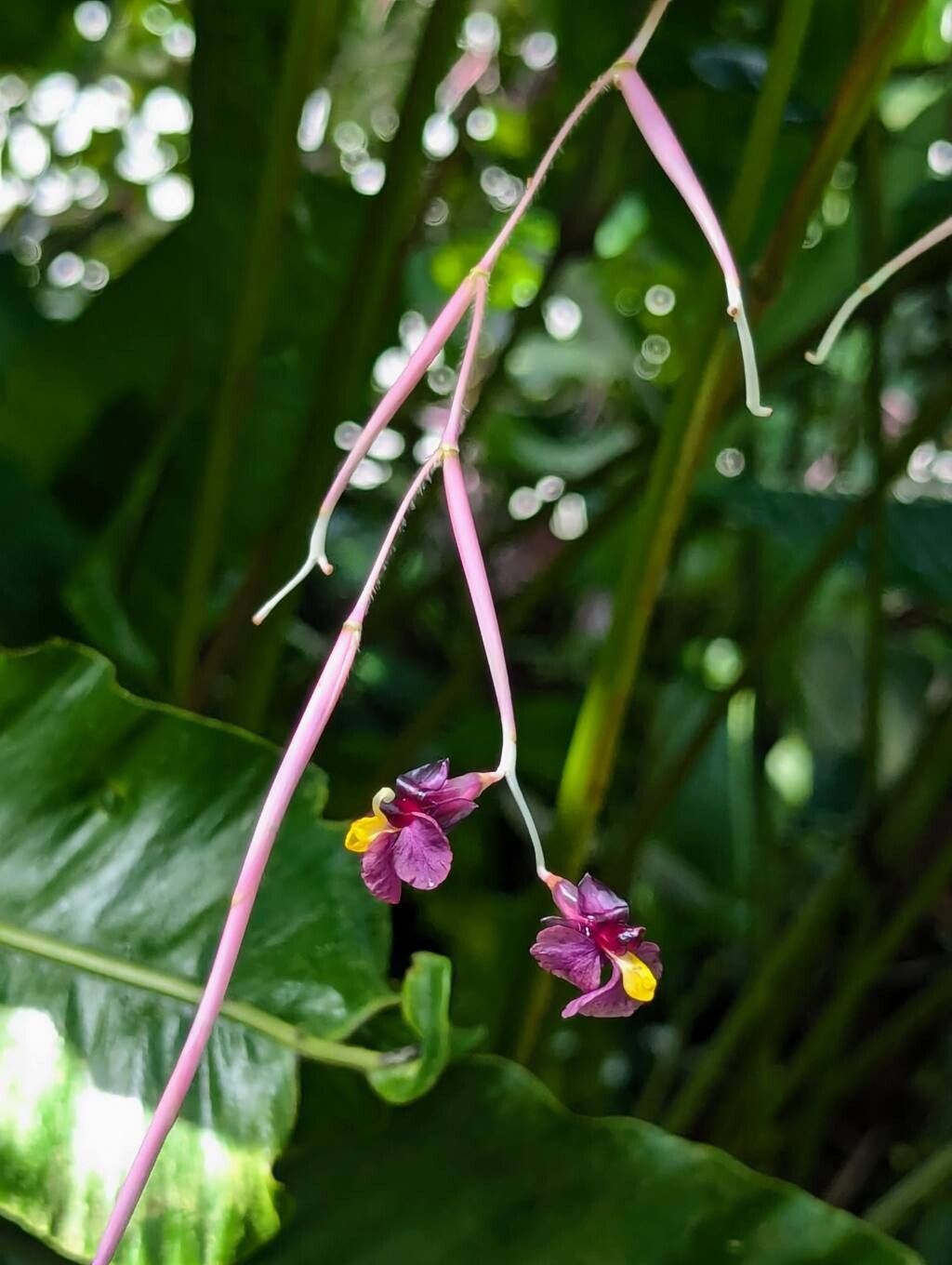Propagating Marantochloa purpurea: A Guide to Growing the Purple Prayer Plant
Introduction:
Marantochloa purpurea, commonly known as the purple prayer plant, is a striking member of the Marantaceae family, captivating gardeners with its velvety, deep purple foliage and unique leaf venation. Its popularity stems from its relatively easy care, tolerance of low light conditions, and the dramatic beauty it adds to indoor collections. While readily available as mature plants, propagation can be a rewarding endeavour, offering a chance to expand your collection or share this stunning plant with others. However, certain methods present unique challenges.
Seed Germination:
Currently, there are no known reliable methods for seed germination propagation of Marantochloa purpurea. The plant is often sterile or produces seed with low viability, making this method impractical for most home gardeners. Further research into the plant’s reproductive biology may be required to determine effective protocols for seed germination.
Cuttings:
Challenges: While stem cuttings are a more promising method, success rates are variable. The cuttings are susceptible to rot if not handled carefully and require consistently humid conditions to root.
Tips: Take 4-6 inch cuttings from healthy, mature stems, ensuring each cutting has at least two nodes. Remove lower leaves to prevent rot and dip the cut ends in rooting hormone. Plant the cuttings in a well-draining potting mix, ideally a mix of peat moss and perlite, and maintain high humidity using a propagation dome or plastic bag. Consistent bottom watering can minimize the risk of stem rot. Rooting may take several weeks to months.
Rewards: Cuttings offer a relatively straightforward method to produce genetically identical copies of the parent plant, preserving desirable traits. It’s a good method for small-scale propagation.
Division:
Challenges: Division is only feasible when the plant is mature and has developed a substantial rhizome system. Care must be taken to avoid damaging the delicate roots during the process.
Tips: Carefully remove the plant from its container and gently separate the rhizomes, ensuring each division has its own set of roots and at least several healthy leaves. Replant the divisions in a suitable potting mix and water thoroughly. Providing high humidity in the initial weeks will aid recovery.
Rewards: Division is quick and effective, rapidly increasing the number of plants, and it’s generally less technically demanding than other methods.
Tissue Culture:
Challenges: Tissue culture is a sophisticated method requiring specialized equipment, sterile conditions, and a considerable understanding of plant tissue culture techniques. It’s not a practical option for most home propagators.
Tips: This method involves taking small pieces of plant tissue (explants) and growing them in a sterile nutrient medium. This allows for the mass propagation of disease-free plants. Specific protocols for Marantochloa purpurea would need to be developed through experimentation.
Rewards: Tissue culture offers the potential for large-scale production of genetically identical plants, offering a potentially valuable solution for commercial propagation or conservation efforts. However, high initial cost and specialized training are limitations.
Conclusion:
Propagating Marantochloa purpurea presents unique challenges across various methods. While seed germination currently appears unattainable, cuttings and division are viable options for home cultivators, although patience and attention to detail are crucial to success. Tissue culture holds potential for large-scale production, but its complexities limit its accessibility to most hobbyists. The rewards, however, are well worth the effort. The satisfaction of nurturing a small cutting into a thriving purple prayer plant or successfully dividing a healthy rhizome into multiple plants is immeasurable. For aspiring propagators, start with cuttings and division, mastering the basics before considering more advanced techniques. The vibrant purple foliage of your successfully propagated Marantochloa purpurea will be a testament to your perseverance and horticultural skill.

